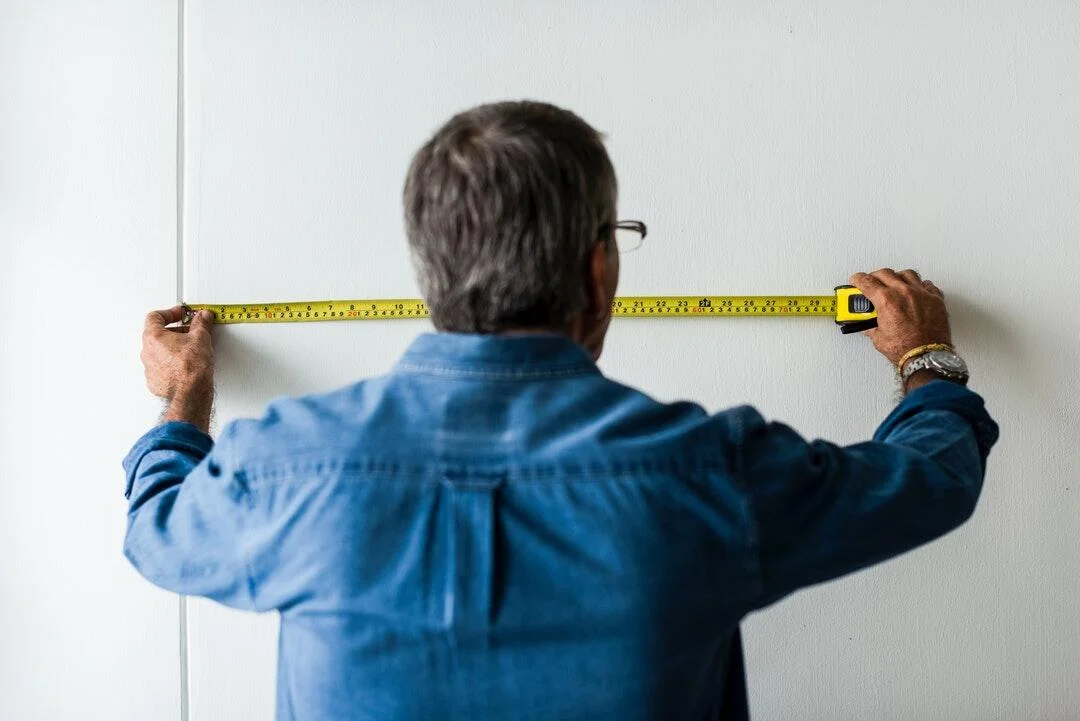The Importance of Proper Home Network Wiring for Faster Internet Speeds
In today’s digital age, having a fast and reliable internet connection at home is more important than ever. Whether you’re telecommuting, streaming your favorite shows, or gaming online, dealing with a sluggish or unreliable connection can be highly frustrating. The secret to faster internet speeds might just lie within your home’s network wiring.
In this post, we’ll explore why proper home network wiring is crucial for boosting your internet speed and how to achieve the best setup for your needs. Read on.
Why Home Network Wiring Matters
Proper home network wiring is crucial in ensuring faster internet speeds and an efficient connection in our homes. Here’s why it’s important.
Stable Connections
Home network wiring provides a stable and consistent connection compared to Wi-Fi. While Wi-Fi has improved over the years, it is still susceptible to interference from walls, other devices, and even your neighbor’s Wi-Fi. Wired connections, on the other hand, offer a direct link to your router, ensuring that your devices always have a steady and strong connection.
Higher Speeds
When it comes to speed, wired connections generally outperform wireless ones. Ethernet cables can handle higher data transfer rates, which means you can enjoy faster download and upload speeds. This is particularly important if you have a high-speed internet plan, as a wired connection can help you make the most of the speeds you’re paying for.
Reduced Latency
Latency, or the delay before data transfer begins, can be a real issue for gamers and anyone making video calls. A wired connection significantly reduces latency, providing a smoother and more responsive experience. This can be the difference between winning and losing in an online game or having a smooth versus choppy video call.
Planning Your Home Network Wiring
Proper network installation is crucial for achieving faster internet speeds in your household. It is important to carefully plan and strategize your home network wiring to ensure optimum performance. Here are some tips.
Assess Your Needs
Before you start running wires, it’s essential to assess your needs. Consider the number of devices that will benefit from a wired connection, such as computers, smart TVs, gaming consoles, and streaming devices. Think about where these devices are located and how you can run cables to them efficiently.
Choose the Right Cables
Not all Ethernet cables are created equal. Cat5e, Cat6, and Cat6a cables are the most common types used for home networking. Cat6a cables offer the highest performance, with speeds up to 10 Gbps and better resistance to interference. However, they are also thicker and more challenging to install.
Cat5e cables are a good middle ground, offering speeds up to 1 Gbps and easier installation. Make sure to shop from reputable cabling services for cables and other equipment such as UDM-SE.
Plan Your Layout
Careful planning of your cable layout can save you time and frustration. Identify the central point where your internet enters your home, usually where your router is located. From there, plan the shortest and most efficient routes to each device. Consider using cable management solutions like wall plates and conduits to keep your setup neat and organized.
Do a Proper Home Network Wiring
Proper home network wiring can make a significant difference in your internet speed and overall online experience. By investing the time and effort to set up data cabling installation, you can enjoy faster, more stable connections for all your devices. If you’re unsure where to start or need help with the installation, consider booking a consultation with a professional who can guide you through the process.
If you want to read more articles, visit our blog.














Post Comment